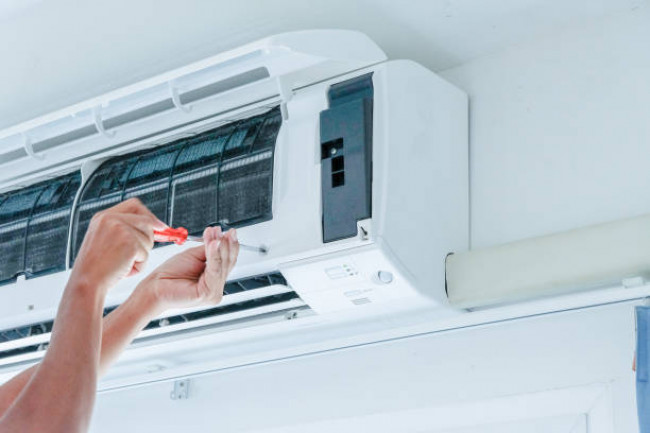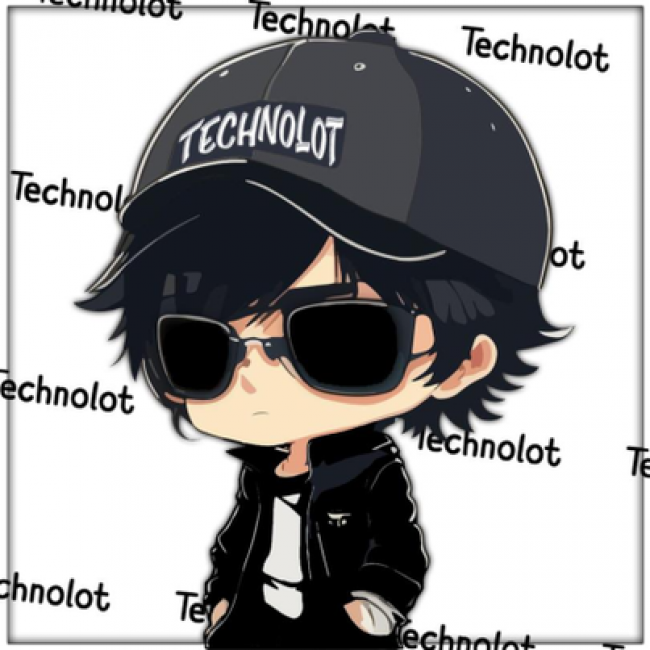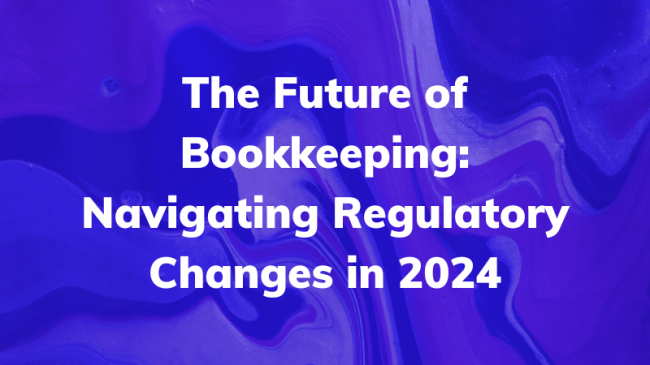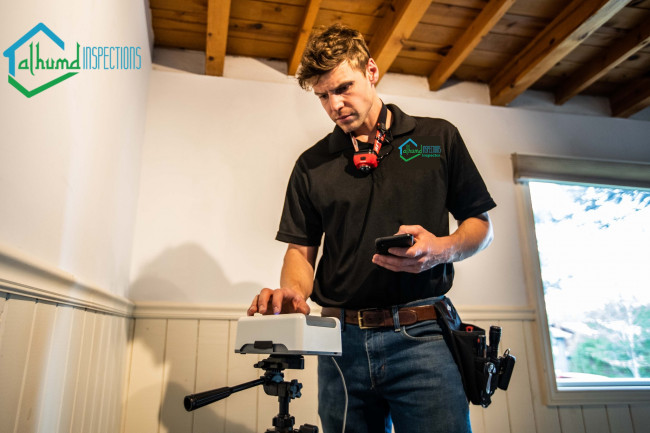Machine embroidery digitizing is the process of converting digital artwork or images into embroidery machine-readable format that can be sewn onto fabric. This process requires specialized software and equipment to create the digital file that the embroidery machine can read and follow.
The digitizing process is an art form that requires knowledge of embroidery techniques, software, and design. It involves breaking down an image into stitch data that can be read and interpreted by an embroidery machine. The process is complex and requires attention to detail to ensure that the design will stitch out correctly on the fabric.
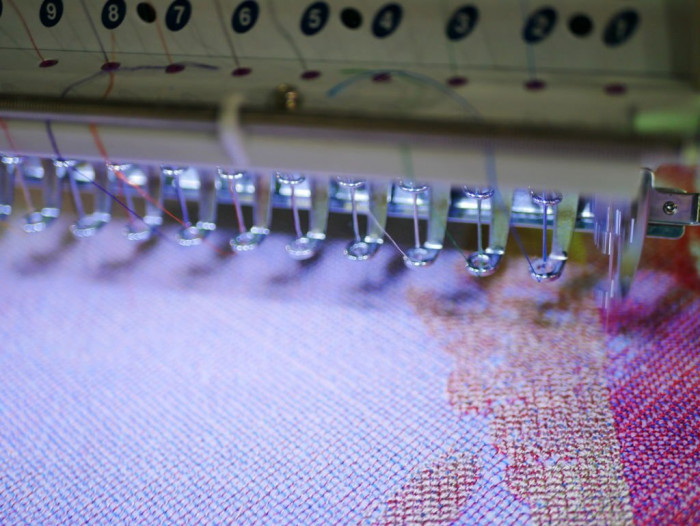
The digitizing process starts with selecting an image or artwork that the designer wants to embroider onto fabric. The designer then imports the image into the digitizing software, where they can manipulate it to create the stitch data. The designer must ensure that the design is clear and defined, with no blurred edges or unclear lines.
Once the image is imported into the software, the designer selects the stitch type, stitch density, and stitch direction. They can also adjust the stitch length and width to ensure that the design is optimized for the fabric that it will be embroidered onto. The digitizing software provides a preview of the design, which allows the designer to see how the design will look once it is embroidered.
After the design has been created, it is time to test the design on the fabric. The designer must ensure that the design stitches out correctly and that the thread colors are correct. They must also make sure that the design is centered on the fabric and that it is the correct size.
If the test run is successful, the designer can then proceed to embroider the design onto the fabric. If the design does not stitch out correctly, the designer must go back to the digitizing software to make adjustments to the stitch data. They may need to change the stitch type, adjust the stitch density, or change the stitch direction to ensure that the design stitches out correctly.
The digitizing process can be time-consuming, and it requires a high level of skill and expertise. However, once the design has been digitized, it can be embroidered multiple times with minimal effort. This makes it a cost-effective way to produce high-quality embroidered items.
There are many benefits to using machine embroidery digitizing to create embroidered designs. One of the main benefits is the ability to create high-quality, intricate designs that would be difficult to produce by hand. Machine embroidery digitizing allows designers to create intricate designs with multiple layers and textures, which can be difficult to achieve with manual embroidery techniques.
Machine embroidery digitizing also allows for the quick and easy production of embroidered items. Once the design has been digitized, it can be stored in the embroidery machine's memory and embroidered onto fabric quickly and efficiently. This makes it an ideal method for producing large quantities of embroidered items, such as uniforms, promotional products, or personalized gifts.
Another benefit of machine embroidery digitizing is the ability to customize designs. With digitizing software, designers can easily manipulate designs to create custom designs for specific clients or projects. This allows for greater creativity and customization in the design process, which can lead to more satisfied customers.
Overall, machine embroidery digitizing is an essential process for creating high-quality, custom embroidered items. It requires a high level of skill and expertise but can lead to stunning results. The digitizing process allows for the production of intricate designs with multiple layers and textures, which would be difficult to achieve with manual embroidery techniques. It also allows for quick and easy production of embroidered items and customization of designs for specific clients or projects. If you are interested in machine embroidery, consider learning more about the digitizing process to create your own custom designs.
In addition to the benefits of machine embroidery digitizing, there are also some challenges and considerations to keep in mind. One of the main challenges is ensuring that the design stitches out correctly on the fabric. This requires a good understanding of embroidery techniques and fabric types, as well as the use of proper stabilization and hooping techniques. A poorly digitized design can result in uneven stitches, gaps, or thread breaks, which can be frustrating for the embroiderer and lead to a low-quality final product.
Another consideration is the cost of the equipment and software needed for digitizing. While there are some free or low-cost digitizing software options available, the more advanced software can be quite expensive. Additionally, not all embroidery machines are capable of reading all types of embroidery files, so it is important to ensure that the machine can read the file type created by the digitizing software.
It is also important to keep copyright and licensing considerations in mind when digitizing designs. Using copyrighted or licensed artwork without permission can lead to legal issues, so it is important to obtain proper licensing or create original designs.
Despite these challenges and considerations, machine embroidery digitizing is a valuable skill to have for anyone interested in embroidery. It allows for the creation of custom, high-quality designs that can be reproduced quickly and efficiently. With practice and experience, designers can become proficient in the digitizing process and produce stunning results.
In conclusion, machine embroidery digitizing is a crucial process in creating custom embroidered items. It requires a high level of skill and expertise, but can lead to stunning results. The benefits of machine embroidery digitizing include the ability to create intricate designs with multiple layers and textures, quick and easy production of embroidered items, and customization of designs for specific clients or projects. However, it is important to keep in mind the challenges and considerations involved, such as ensuring that the design stitches out correctly, the cost of equipment and software, and copyright and licensing considerations. With practice and experience, machine embroidery digitizing can be a valuable skill to have for anyone interested in embroidery.



